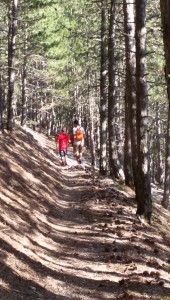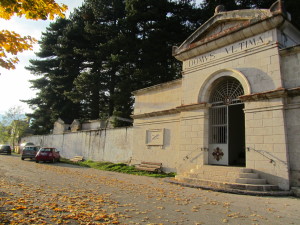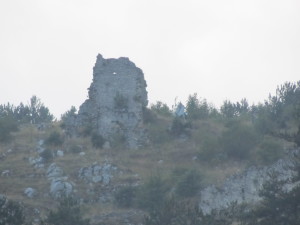


The history of the castle, outstanding and fascinating, contains the origins of Pescasseroli. In the fort (castella), alleged settlements of the Italic-Roman village (vicus) took refuge from the valley. It is situated at about 1,300 metres above sea level, not on the top but halfway, to get shelter from the raids of the barbarians who plundered everything.
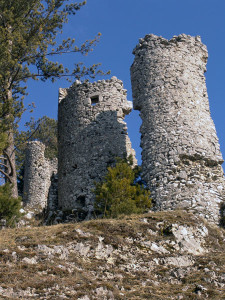
Presumably it was built between 900 and 1100, but for some historians came to light already in the Longobard period. It was subject to a first destruction in the twelfth century, when the territory was a domain of the Borrello family and suffered the Norman invasion of the Marsica.
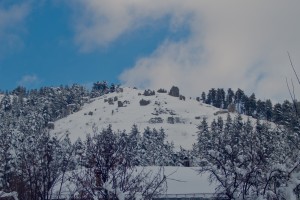
Later, other landowners rebuilt it, up to the D'Avalos, who kept the architectural imprint of the Aragoneses and the batter towers for military defence. With an anomalous geometric plan, it appears as an irregular polygon, with the front door to the west. Emidio Agostinone, journalist and photographer of the early 1900s, examined it identifying three rows of walls. Along the outer perimeter, a keep, several towers and numerous loopholes or saettere (narrow outwards openings to defend oneself).
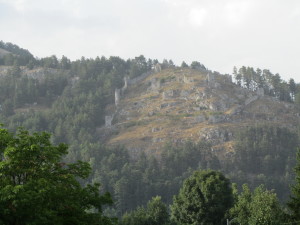
The castle has inspired academics and artists. Giuseppe Maria Alfano in 1798 wrote about Pescasseroli: “Earth surrounded by mountains. There, we see the ruins of an ancient village called castle, now destroyed.” A tender Francesco Saverio Sipari narrated its ruins in a poem of 1846. Part of the historical reconstruction of the castle is also due to the work of Professor Gianluca Tarquinio, from Pescasseroli.
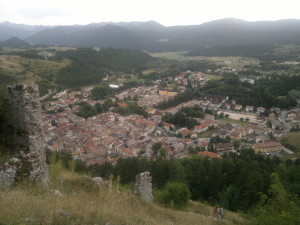
The legend is set at the time of the First Crusade, between the castle and the Holy Land. Starring are Pesca, beautiful Saracen, and Seroli, Christian knight. From the dramatic implications of the love of the newly-married young couple, the village of Pescasseroli will be born.
